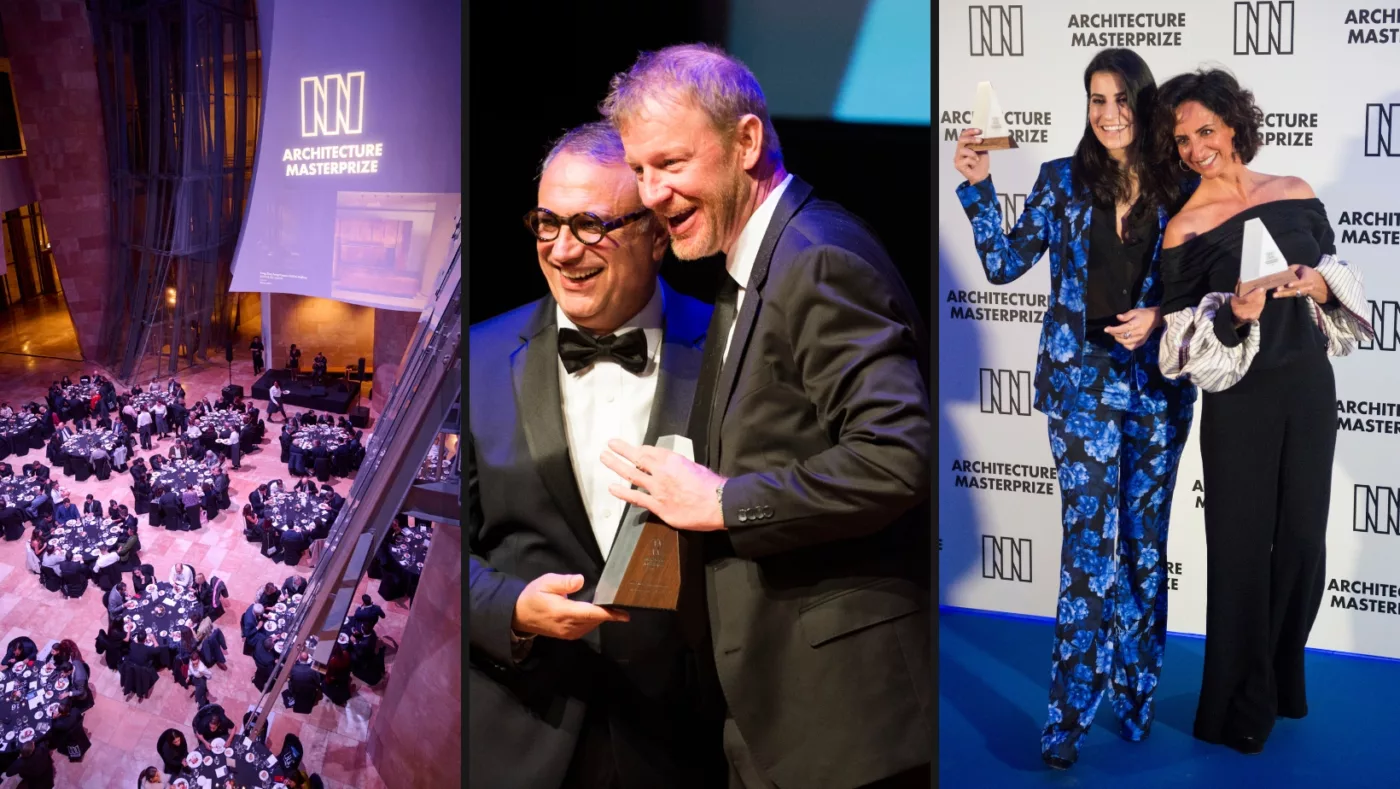A Legacy of Architectural Excellence
The Architecture MasterPrize (AMP) has long been a prestigious platform, celebrating the most outstanding achievements in global architecture and showcasing the profound impact of architectural design on our built environment. Over the years, it has recognized and honored visionaries like Tadao Ando, Zaha Hadid Architects, Elora Hardy of IBUK, and Sir David Chipperfield. The AMP Awards Ceremony has become synonymous with professional excellence, vibrant networking, and a rich celebration of creativity. Set against the stunning backdrop of Frank Gehry’s Guggenheim Museum, this year’s event promises to elevate these experiences further, blending art, architecture, exquisite dining, and lively music.
Introducing the Design MasterPrize for Product, Graphic and Communication Design
In the same spirit of celebrating creativity and innovation, the Design MasterPrize (DMP) emerges as a global design award program. DMP honors excellence in graphic, product, and communication design, welcoming entries from designers worldwide. It shares a commitment to recognizing outstanding design achievements, much like its architectural counterpart.
DMP is set to become a cornerstone in the design community, offering a platform for designers to showcase their innovative work. With a focus on creativity and impact, DMP aims to elevate the appreciation of design excellence globally, creating a vibrant community of designers who push the boundaries of their craft.
A Shared Vision of Excellence
While the AMP continues to celebrate architectural innovation, the DMP offers a natural extension of this mission into the realms of graphic, product, and communication design. The essence of what makes AMP a prestigious and respected award is mirrored in DMP’s dedication to honoring creative brilliance across various design disciplines.
As the architectural community celebrates another year of remarkable achievements, the design community can look forward to a similar recognition of their talents and contributions through DMP. Both platforms are united in their mission to advance the appreciation of quality design, ensuring that creative minds across all design fields receive the recognition they deserve.


